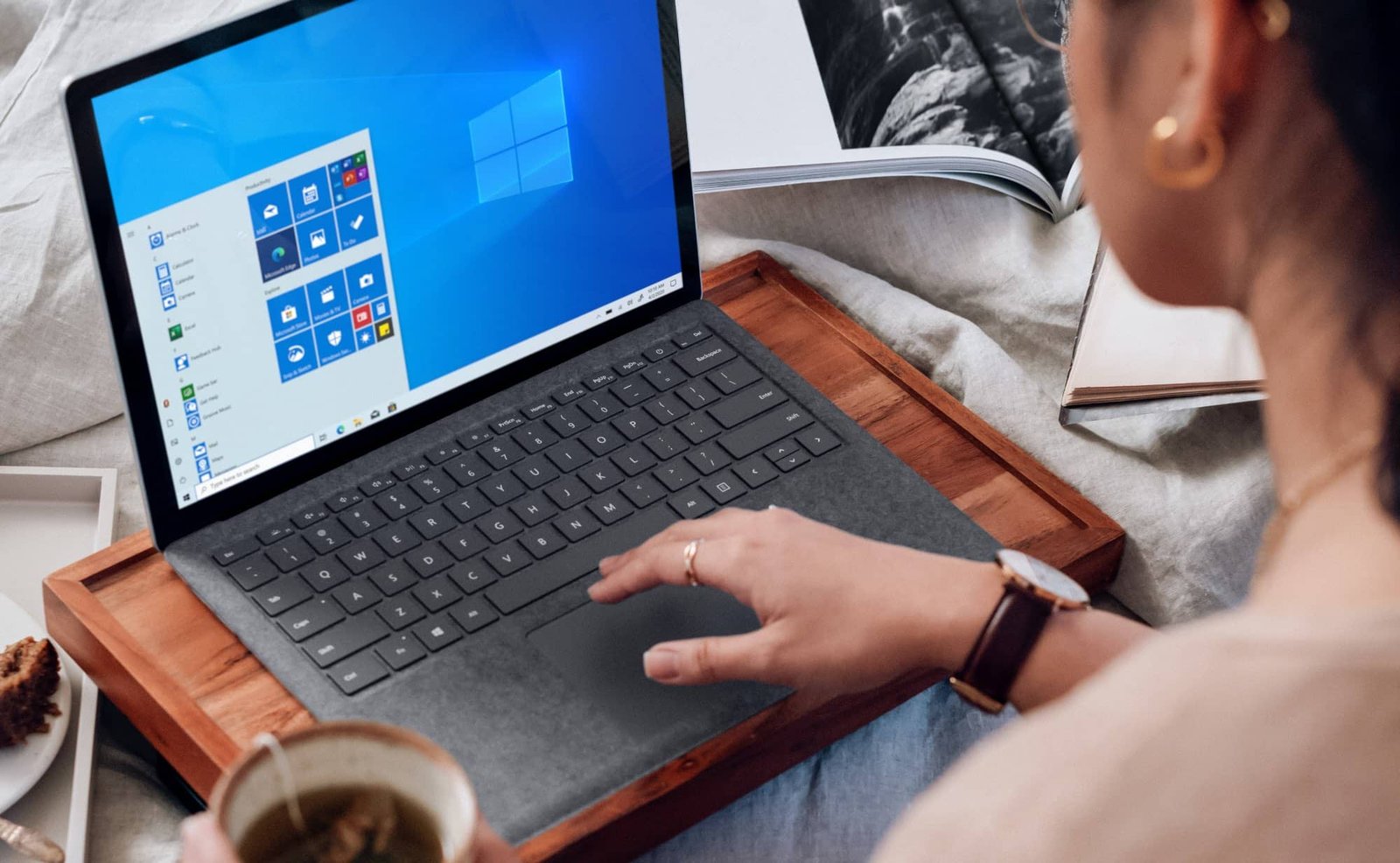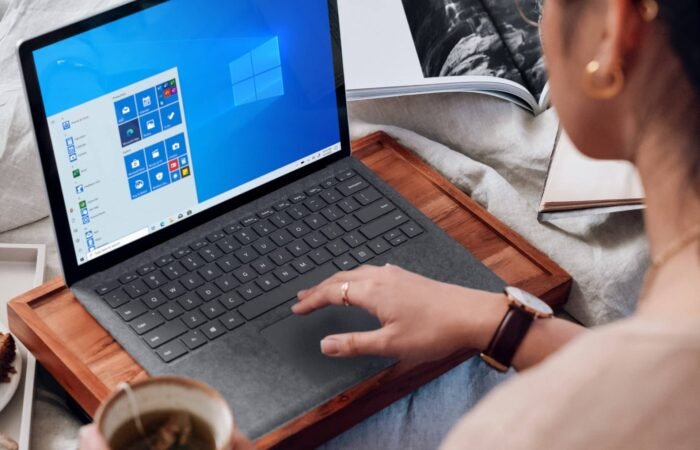In a world overflowing with content, connections, and conferences, what truly sets one event apart from another is personalization. Attendees today expect more than just informative sessions or big-name speakers — they want an experience that feels tailored to their interests, goals, and preferences.
Thanks to advancements in event technology, organizers now have access to real-time data and behavioral insights that can turn generic events into highly personalized journeys. Here’s how leveraging data can boost attendee satisfaction and elevate your event from good to unforgettable.
Why Personalization Matters
Think of it like this: Would you rather attend an event where you’re just another name on a badge, or one that recommends sessions based on your industry, connects you with relevant peers, and even reminds you about things you care about?
Personalized experiences:
Increase engagement and participation
Improve satisfaction and post-event ratings
Lead to higher retention and loyalty
Boost ROI for organizers and sponsors alike
In short, personalization makes people feel seen — and that makes all the difference.

Where Does the Data Come From?
To personalize effectively, you need to gather the right data. Event platforms today are equipped to collect insights from multiple touchpoints:
Registration forms – Job title, industry, session preferences, dietary restrictions
Pre-event surveys – Goals, learning interests, networking priorities
App interactions – Session views, bookmarks, chat activity
Behavioral data – Clicks, dwell time, poll participation, booth visits
Post-event feedback – What they liked, what they skipped, and why
This data helps organizers understand what each attendee wants — and deliver on it.
How to Personalize the Event Experience
1. Smart Agendas
Rather than offering a one-size-fits-all schedule, create dynamic agendas based on user input. If an attendee marks interest in “AI in Marketing,” surface related sessions, workshops, or even networking lounges. A smart agenda saves time, adds relevance, and increases session attendance.
2. Targeted Content Delivery
Use segmentation to send customized content before, during, and after the event. For example:
CEOs get invited to exclusive roundtables
First-time attendees receive “event starter kits”
Healthcare professionals see case studies tailored to their field
This keeps communication meaningful and avoids the dreaded “email overload.”
3. AI-Powered Networking
Advanced matchmaking tools now use attendee profiles, interests, and behavior to suggest relevant connections. Instead of aimlessly browsing a list of names, participants receive curated suggestions that lead to more productive conversations and higher satisfaction.
4. Location and Context-Based Notifications
With mobile apps and beacons, you can send location-specific nudges:
“Don’t miss the keynote starting in 5 mins in Hall A”
“Your next meeting is scheduled at Booth #42”
“You’ve passed by the Innovation Zone 3 times — want to explore what’s trending?”
Timely, relevant nudges make the experience feel intuitive and responsive.
5. Customized Sponsor Interactions
Even sponsor and exhibitor experiences can be personalized. Use data to show attendees booths or product demos that align with their interests. Meanwhile, exhibitors get insights into who visited, what they viewed, and how to follow up — creating value on both sides.
“Remote jobs are on a steady rise since the global developments. ”

The Future of Events: Innovations and Best Practices
Tools That Make It Happen
To pull off a truly personalized event, consider using platforms that offer:
Custom registration flows
Behavioral analytics and heatmaps
AI-driven content recommendations
Session tracking and feedback collection
CRM integrations for targeted communication
Platforms like Eventsalta are built with these capabilities in mind, giving organizers the power to create rich, tailored experiences at scale.
The Impact of Personalization
According to event industry studies, attendees who feel the event was personalized are 3x more likely to return and 2x more likely to engage with post-event content. Personalization also correlates with stronger sponsor ROI, better engagement metrics, and higher overall ratings.
Ultimately, it’s not just about impressing your audience — it’s about respecting their time, understanding their goals, and showing them you care.
Final Thoughts
Personalization isn’t a buzzword — it’s the backbone of the modern event experience. And the good news? You already have the data to make it happen. By harnessing it thoughtfully and ethically, you can create events that don’t just meet expectations — they exceed them.
So as you plan your next event, ask yourself: How can I make each attendee feel like this event was built just for them?


